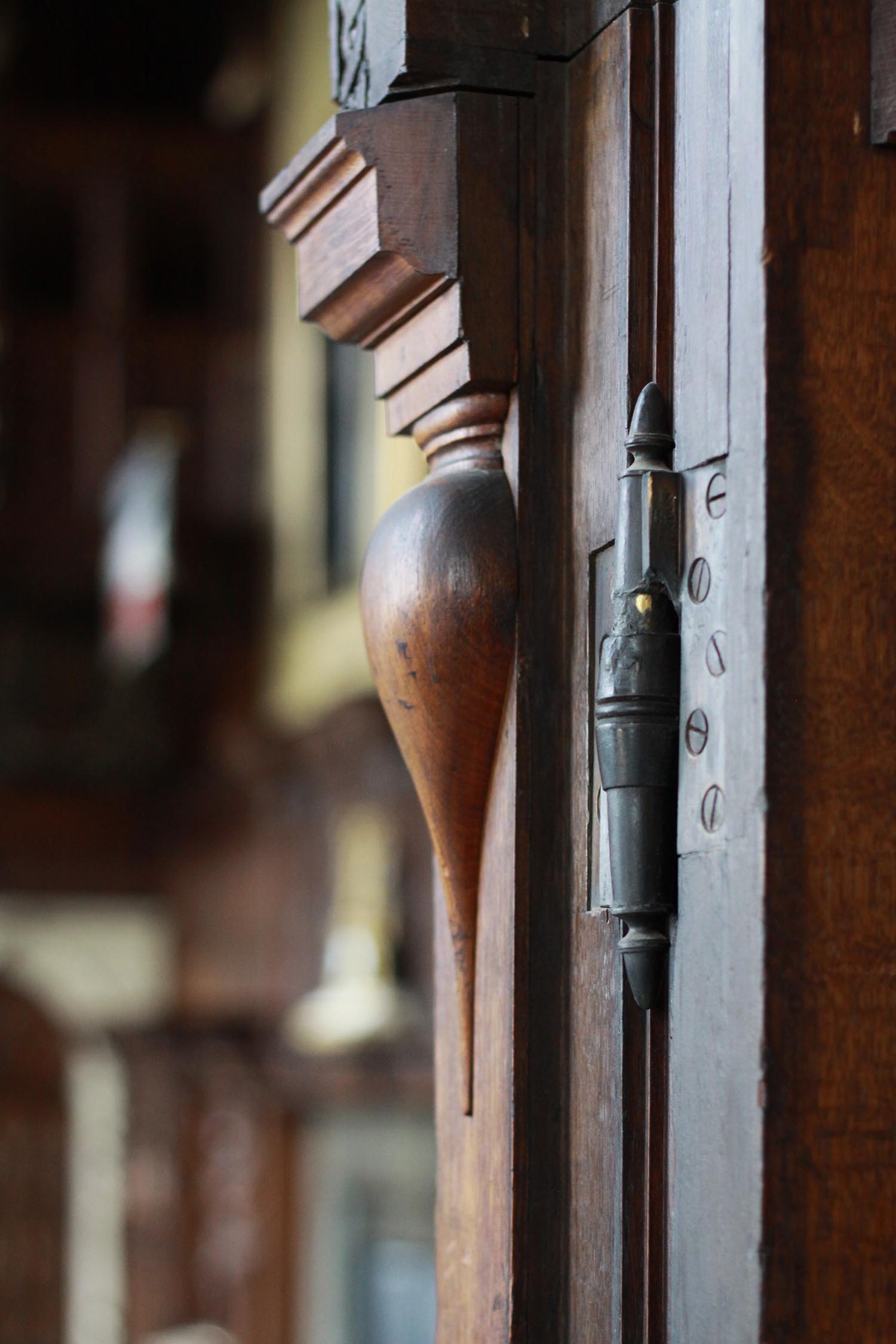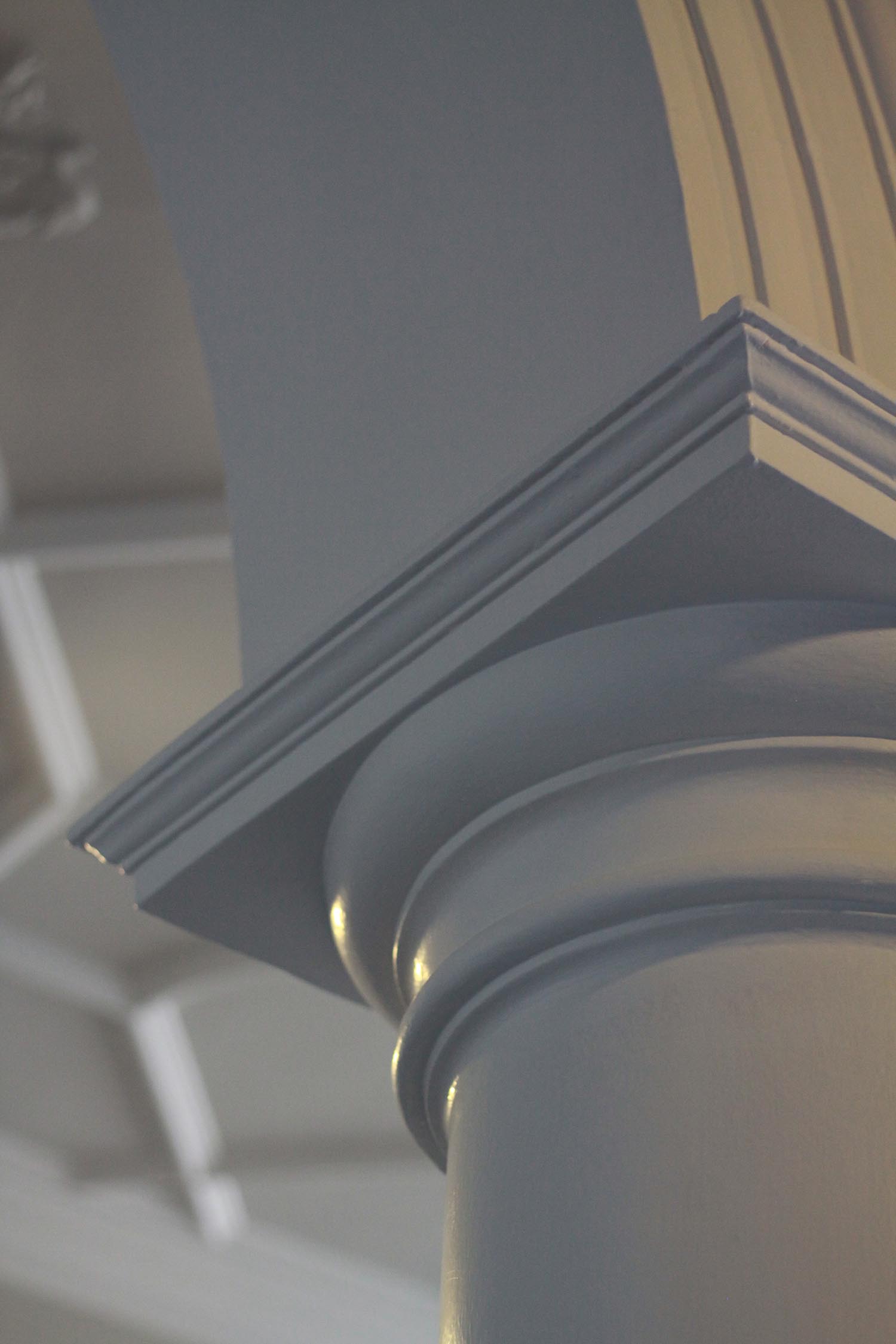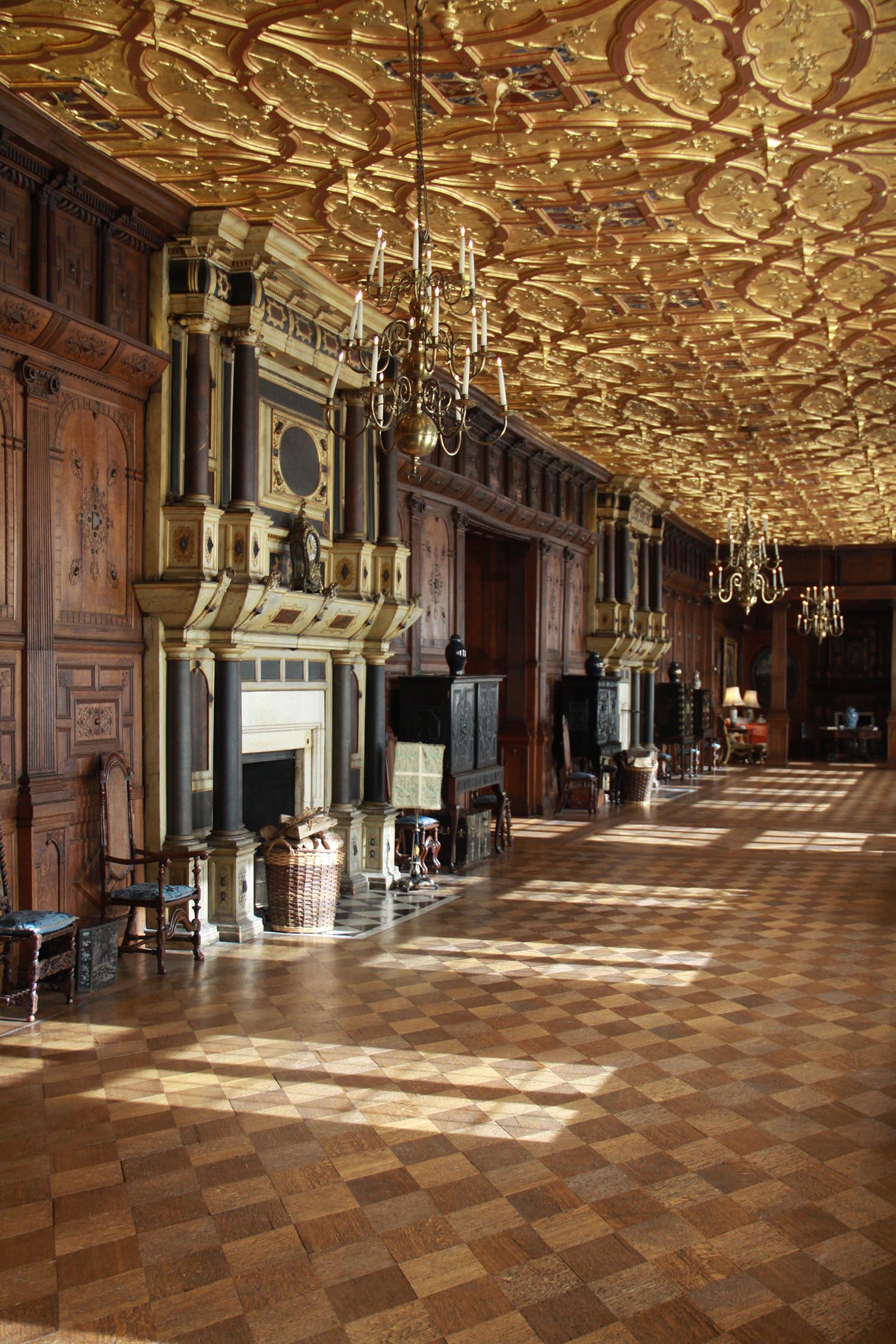H-BIM | Management of Complex Physical Assets
Visual Databases to aid the strategic governance of high significance historic buildings
“We are looking to enable data to assist teams working in the operation, maintainance and strategic governance of heritage assets. ”
Surveying the Fabric
In the field of historic property management, conservation and maintenance the ability to consolidate information about that building and facilitate its use would benefit all organisations and persons in ownership of such buildings. The premise for our historic building information modelling process, is to employ leading computer aided design software (BIM / Virtual Building Software) to capture detailed information on historic buildings.
We are formulating processes to consolidate information within the framework of the computer aided design package that provides useful accesible data for the management of high heritage value buildings. This is a significant development on from 3d scans that have been lauded as ‘all the information’ to rebuild, following tragic fires at The Glasgow School of Art and Notre Dame, Paris. Though these scans are impressive and can certainly be added to the data sets collected, they do not have more than the surface information. Interpretation of structure and construction, servicing and development would still need to be undertaken.
The modelling process we are developing through the research of integrating BIM and historic properties will deliver information easily located and usable by those managing these precious sites. Furthermore should damage occur to these properties the model will serve as a key resource in their faithful repair or reconstruction.
An Easily Referenced Library
By their nature buildings of high heritage capital are complex, physically and institutionally. Complex geometries, unusual building techniques and accumulations of all sorts make their interpretation difficult. The information that exists about their original construction and subsequent amendment and reconstruction is often limited, non existent or difficult to pin-point or obtain. This can make the management and servicing of such buildings costly, unrefined and at worst damaging to the historic fabric and the heritage asset.

































